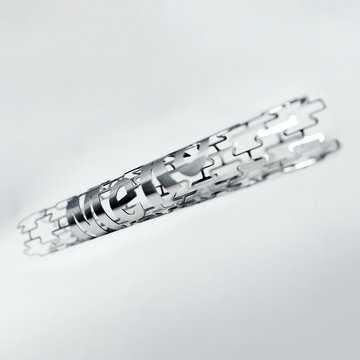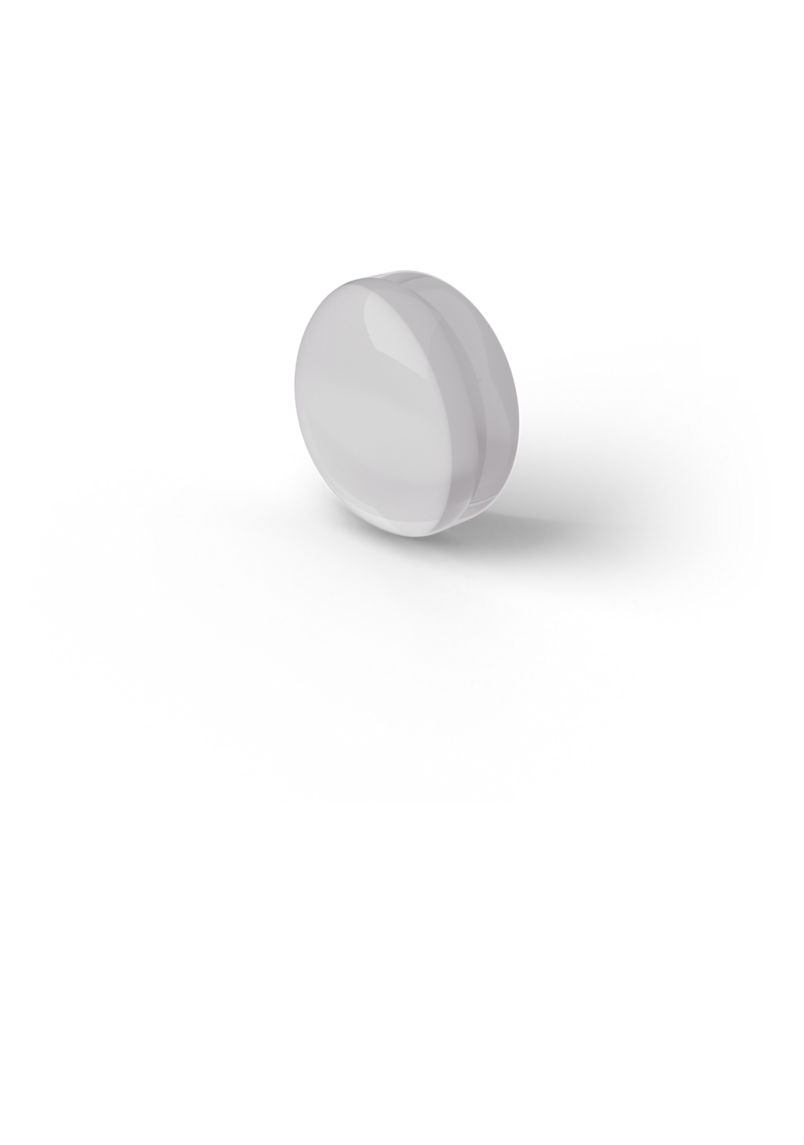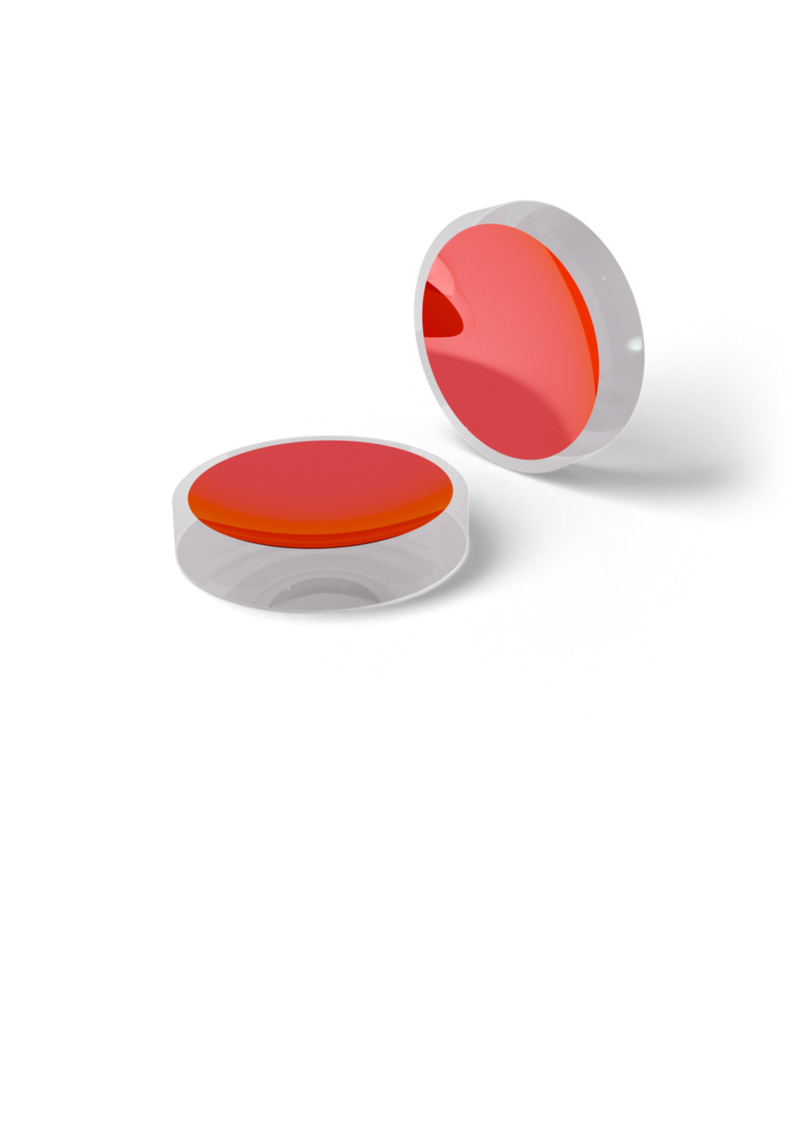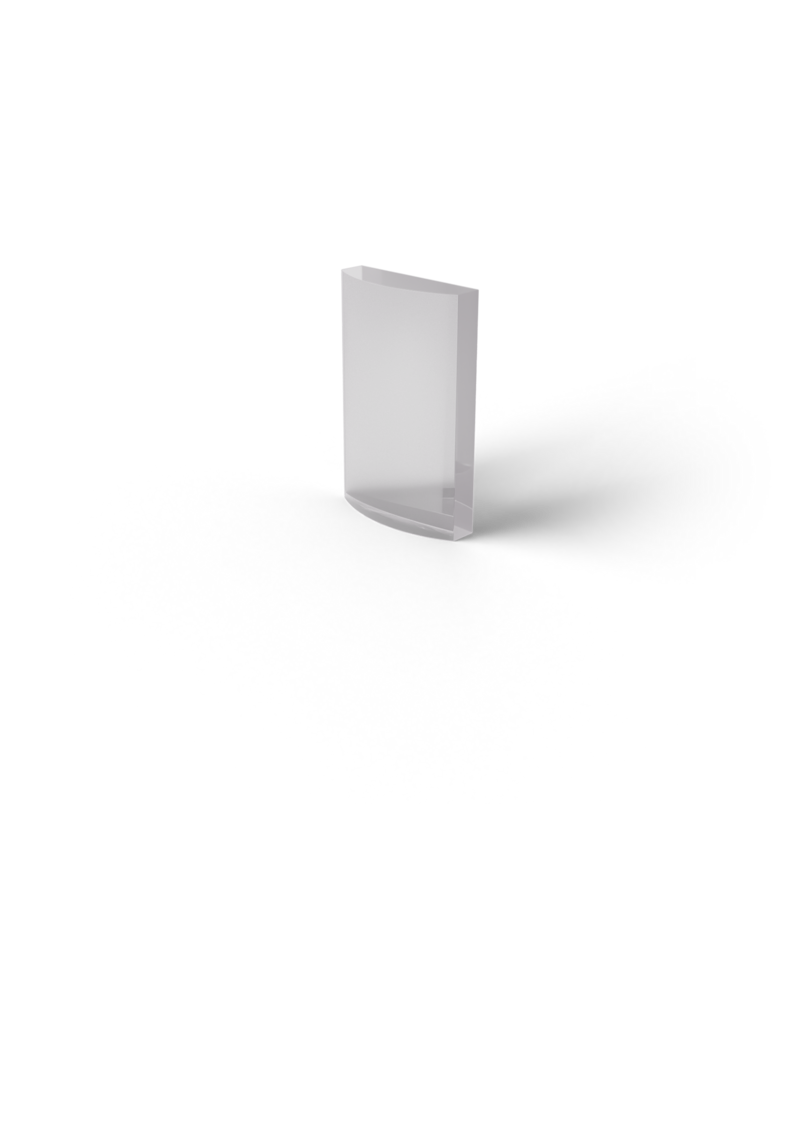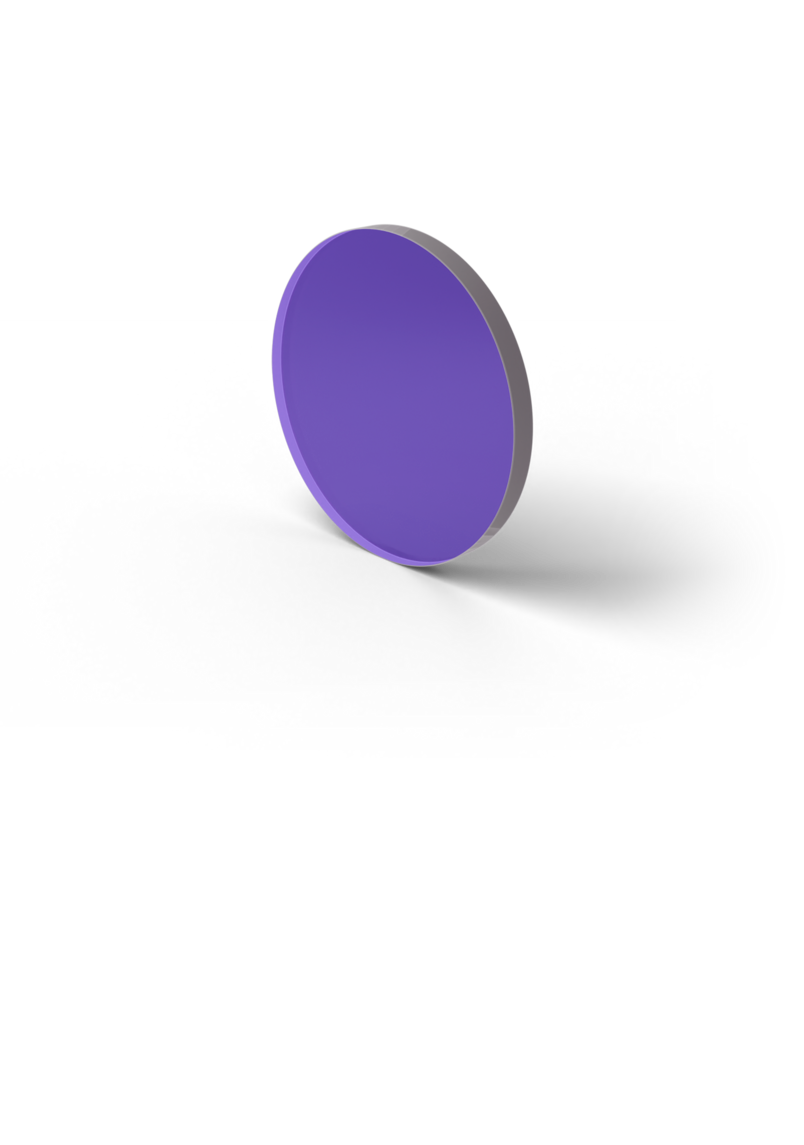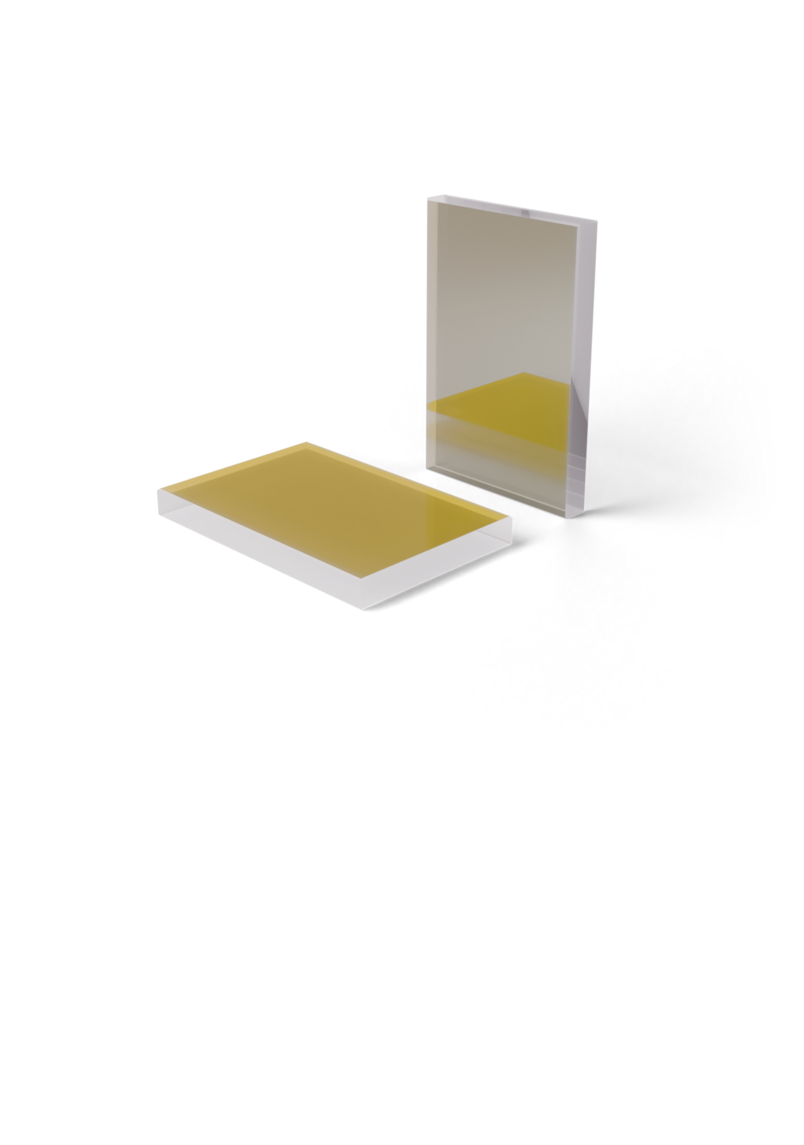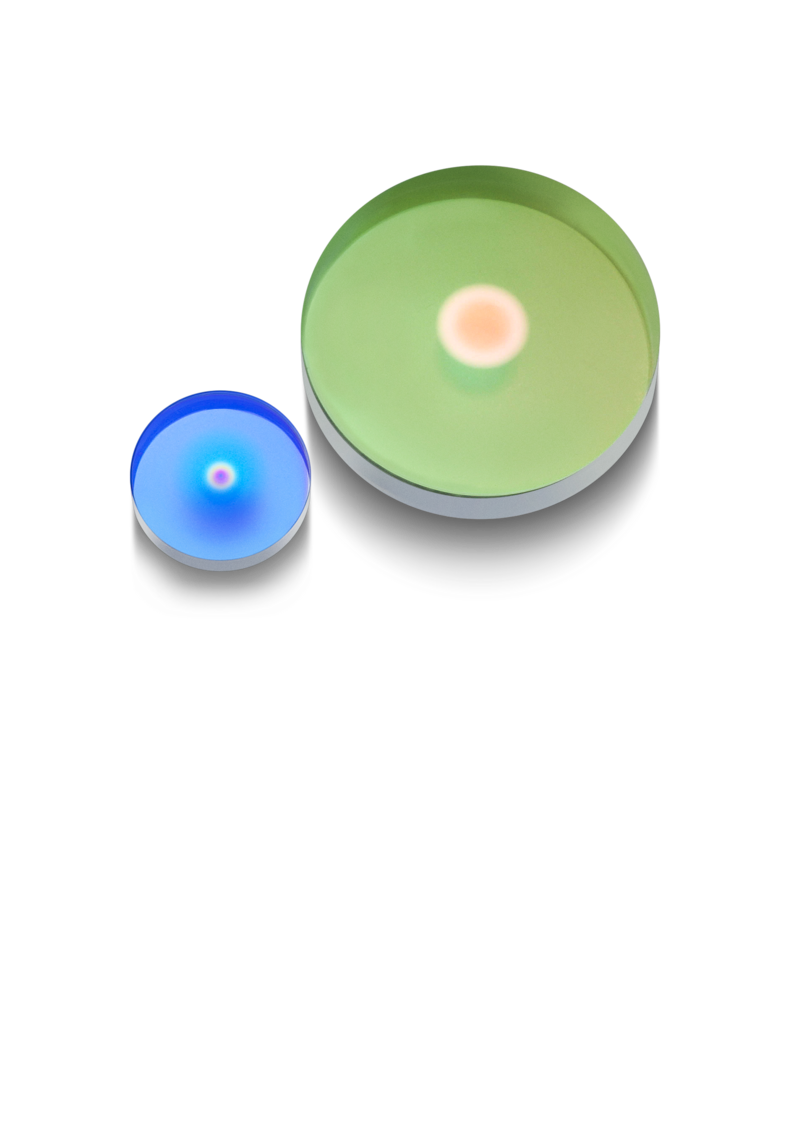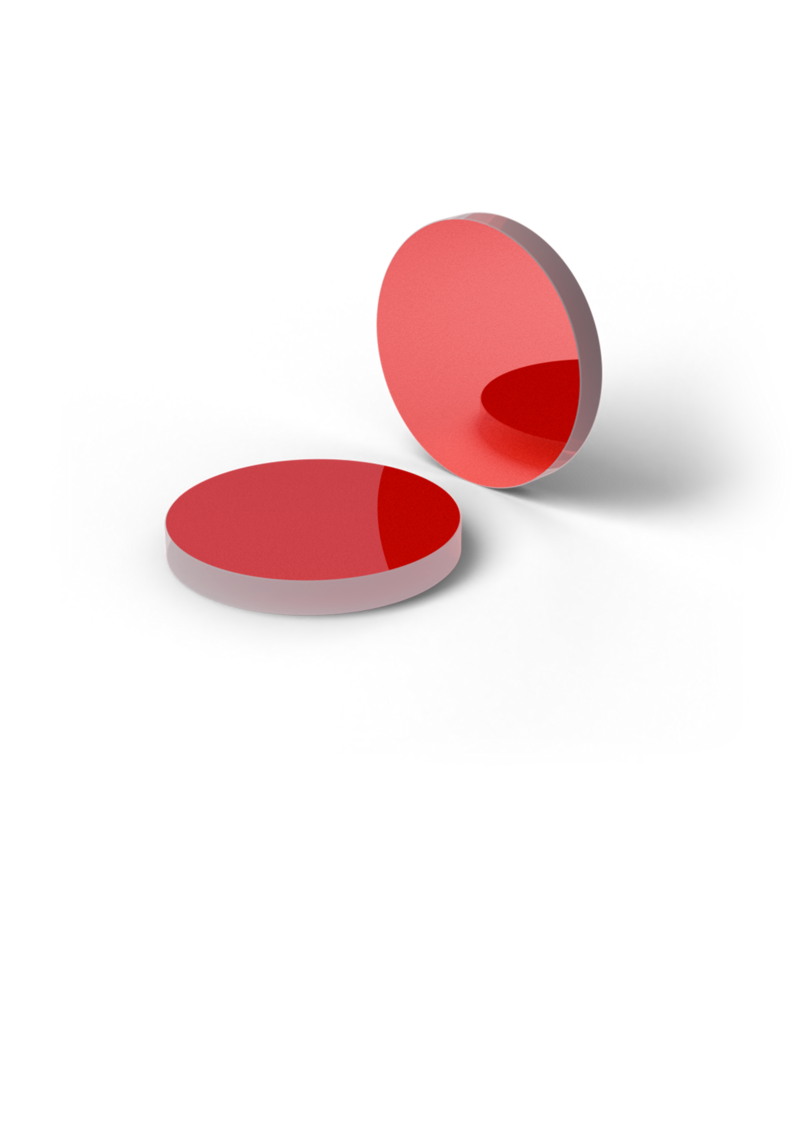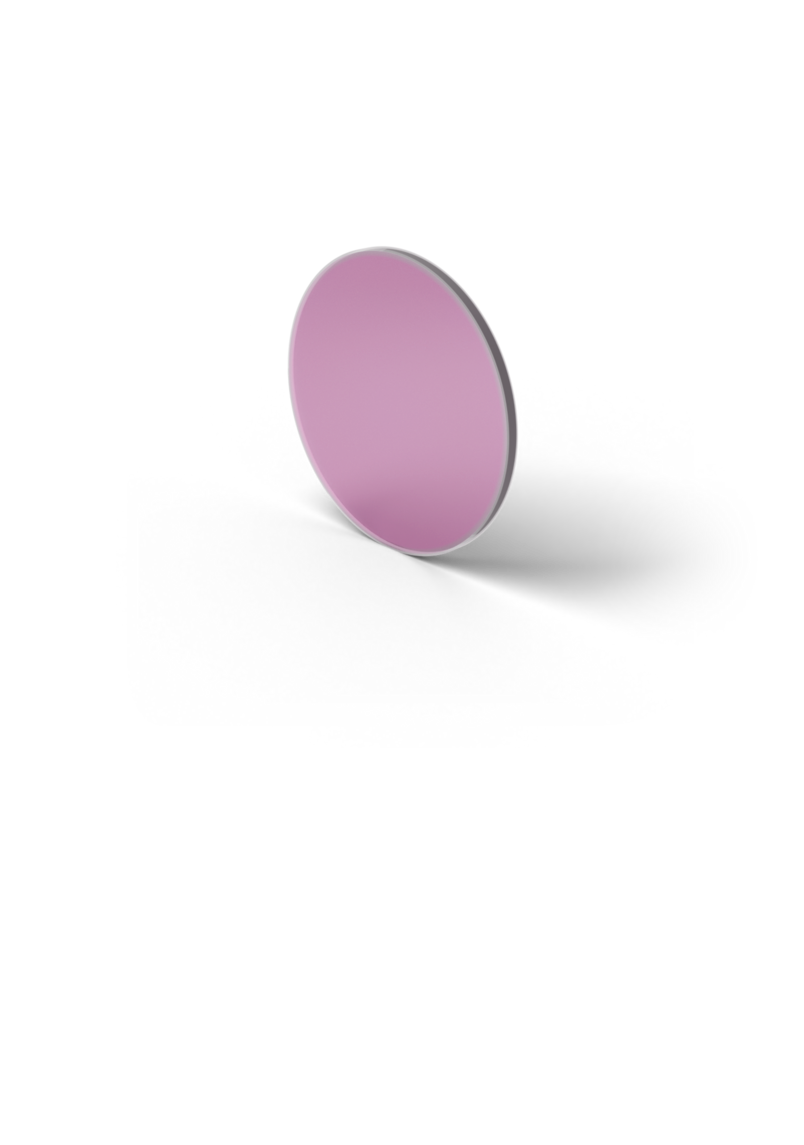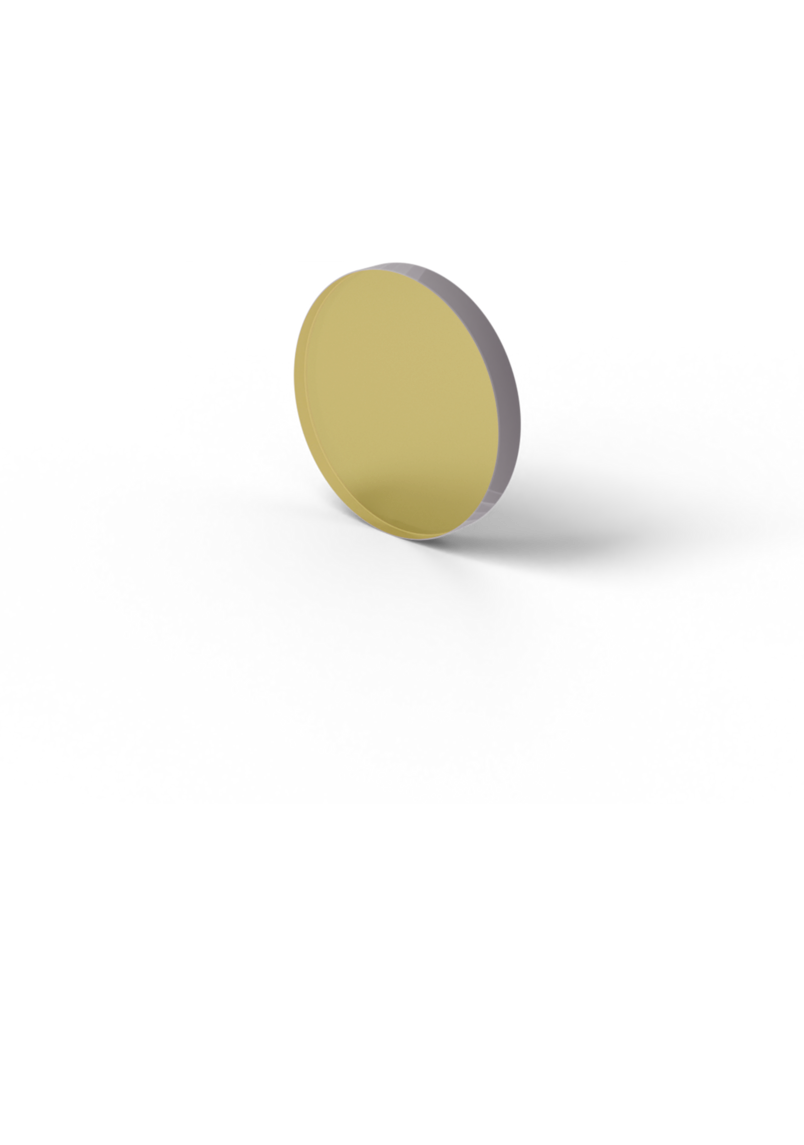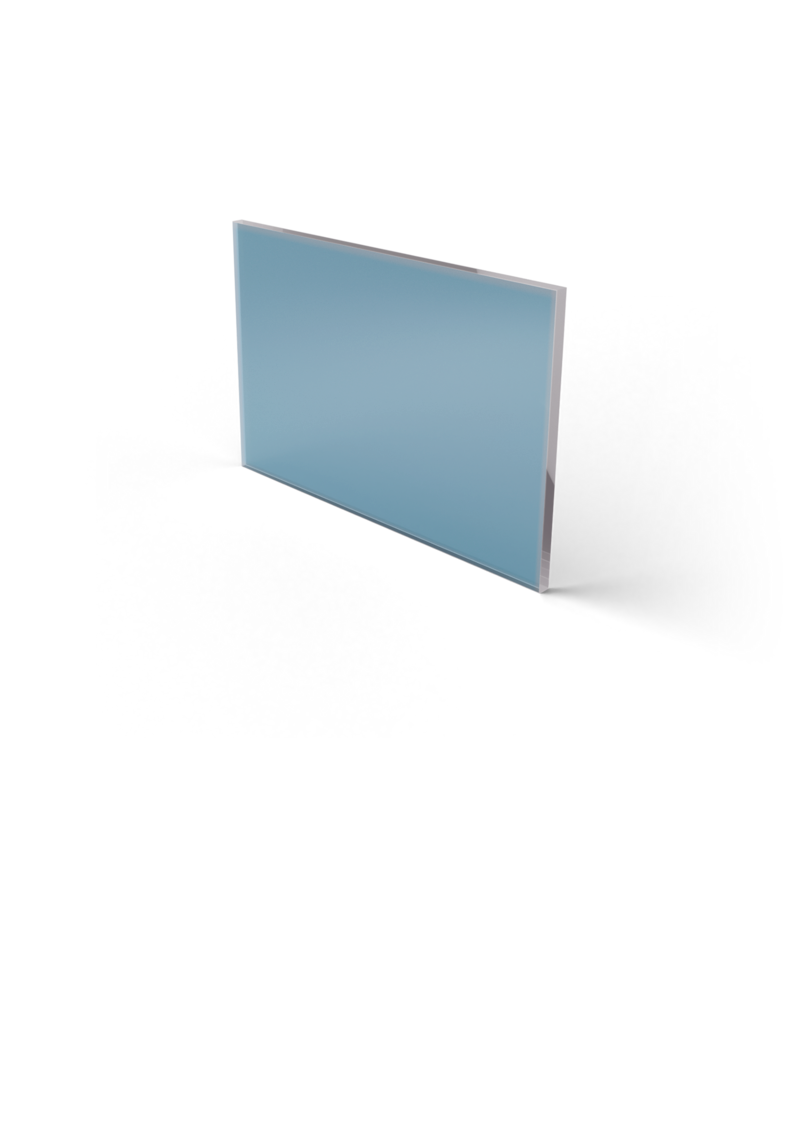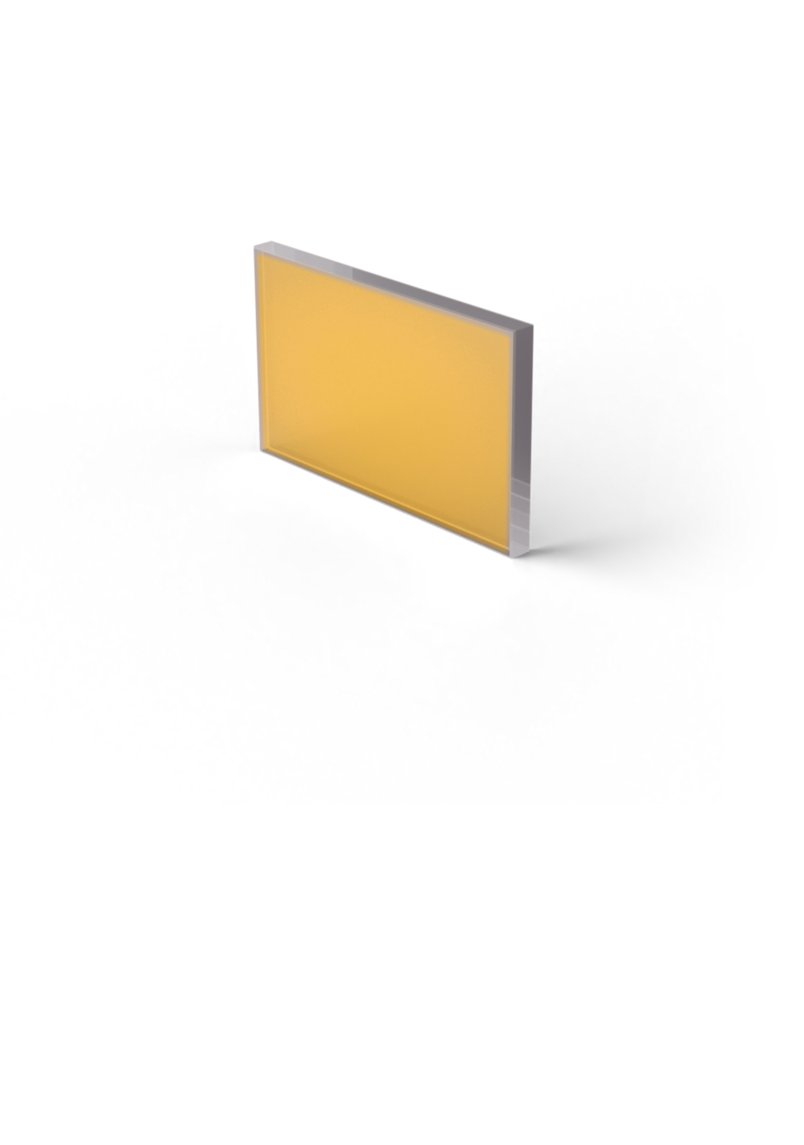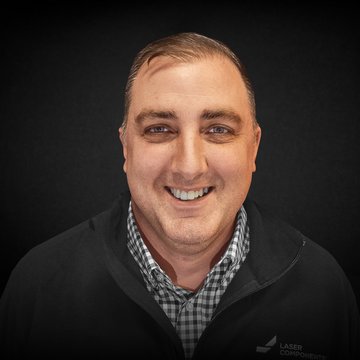Production of Medical Laser Components
Cutting, Welding, Drilling, Marking: Laser Technology Guarantees the Highest Precision
Christoffer Riemer, MeKo Laserstrahl-Materialbearbeitungen e.K.
The production of medical laser components requires the application of different laser technology: laser cutting, drilling, welding, and marking – individually or in combination.
Lasers are particularly precise when it comes to cutting; in fact, it is possible to achieve cuts and holes at a size of 2 µm and up – at a precision in the µm range. As a comparison, a single hair is approximately 60 µm thick. New developments, such as ultrashort pulse (USP) lasers, make this possible. The pulse duration of USP laser pulses is just pico or femtoseconds.
The advantages of laser cutting in medical technology are manifold. In addition to high-precision microprocessing – which makes the production of many small components possible and feasible – lasers produce clean and almost perfect cutting edges. They provide high flexibility when cutting various shapes and objects. For the most part, they do not require the creation of tools; therefore, they are predestined for rapid prototyping.
The objects are cut from either flat material or tubes. The latter has the advantage that it is possible to create a three-dimensional object by applying a rotational axis during two-dimensional processing. This process is applied in particular when manufacturing stents and cardiac valve frames. Other typical components include parts for minimally invasive surgery, stone extraction baskets, bone saws, orthopedic devices, and several implants.
Stent-manufacturing with laser
Beyond Borders
Stents are one of the most commonly used medical implants. They consist of a wireframe in the shape of a small tube and are used to alleviate vascular constriction and prevent the re-narrowing of the blood vessels. The stents are expanded in the arteries using a balloon, or they unfold on their own. They can be equipped with a medicated coating.
Important material characteristics include biocompatibility, application safety, visibility during X-ray, mechanical properties for expansion and, if necessary, the degradation of absorbable stents.
There are many different stent designs available. These determine flexibility and stability (e.g., due to the stent’s dimensions and the thickness of the struts). The stent struts can be cut precisely using a laser to within just a few µm.
Materials of medical components
Beyond Borders
Very different materials can be used in the production of medical components. In addition to stainless steel and cobalt chrome alloys, NiTi is a popular material.
This shape-memory alloy is made of nickel and titanium and is extremely elastic. Due to its high elasticity, NiTi stents are primarily used where vessels are particularly vulnerable (e.g., in the legs).
A view in the future
The focus of current developments is on biologically absorbable stents made of polymers such as, poly-L-lactic acid, or magnesium. The aim is the recovery of the flexibility of the vessel after degradation has begun. This should help prevent infection, delayed thromboses, and recurrent vascular constriction, as well as provide an increase in acceptance by patients. The degradation of the stents occurs within just a few months and can be affected by the selection of material and coatings.
Christoffer Riemer is the head of marketing at MeKo.
MeKo is one of the largest contract manufacturers of medical laser components worldwide. As early as 1995, MeKo was one of the pioneers of stent production. Its R&D department developed RESOLOY®, which is a unique magnesium alloy for the production of absorbable stents.
MeKo is certified according to ISO 9001 and ISO 13485 and has manufactured more than 70,000 different components.
www.MeKo.de
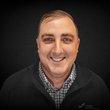
Click here
Product Overview
Beyond Borders
LASER COMPONENTS USA - Your competent partner for optical and optoelectronic components in the United States.
Welcome to LASER COMPONENTS USA, Inc., your expert for photonics components. Each product in our wide range of detectors, laser diodes, laser modules, optics, and more is worth every Dollar ($/USD). Our customized solutions cover all conceivable areas of application: from sensor technology to medical technology. You can reach us here:
116 South River Road
Building C
Bedford, NH 03110
USA
Phone: +1 603 821 7040
Email: info(at)

